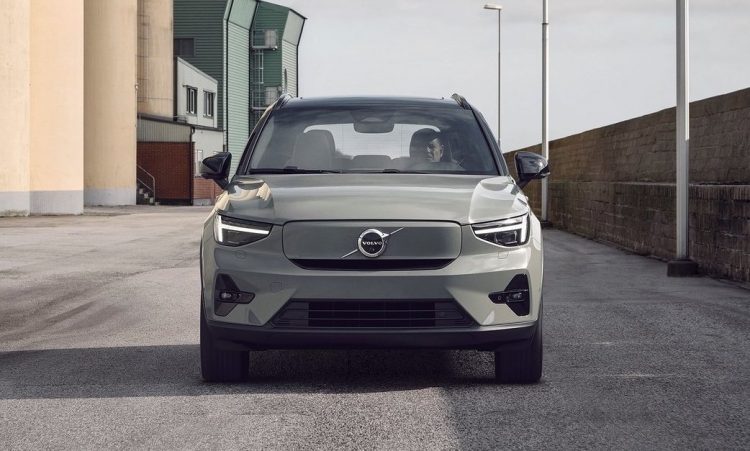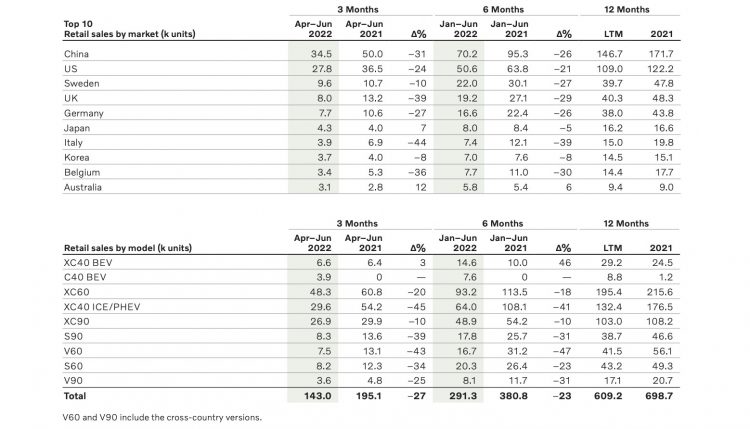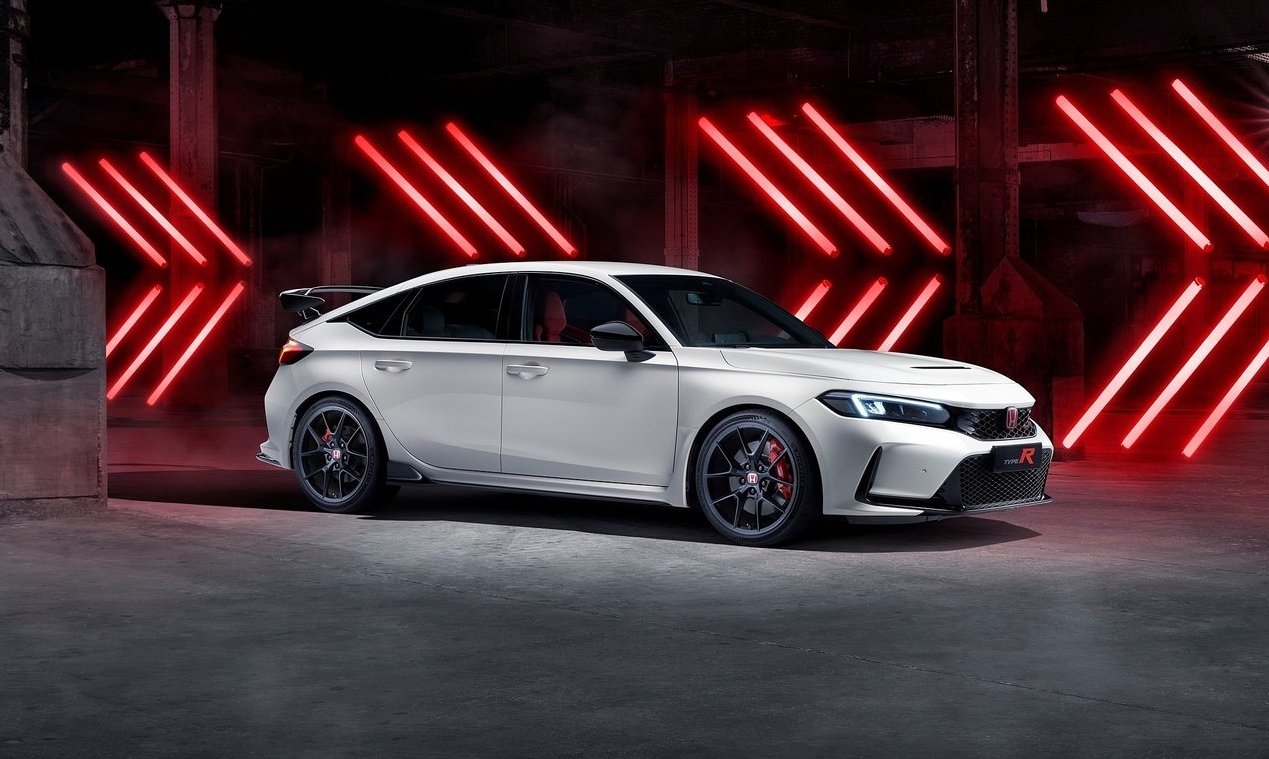Volvo Cars has posted its earnings report for the second quarter and first half of this year, revealing a 27 per cent drop in sales in a self-described “turbulent” second quarter brought on by increasing material costs, supply chain constraints and COVID lockdowns in China.
All up, Volvo sold 291,300 vehicles during the first six months of this year. That’s down 23 per cent on the same period last year, when 380,800 vehicles were delivered. Much of that dent is due to the second quarter, when 143,000 vehicles were sold compared with 195,000 in the same period last year (down 27 per cent).
In spite of the steep drop, Volvo’s revenue figures were down just 3.0 per cent in the first half compared with the same time last year, to SEK 145.6 billion, with the company saying a strong pricing model and product mix helped to steer the ship.
Volvo says that supply constraints and COVID lockdowns in China impacted both its manufacturing volumes and retail deliveries around the globe, with its Recharge lineup hit particularly hard by their reliance on high-volumes of semiconductors.
Volvo says that the impact will continue well into the third quarter of 2022, and expects that its overall retail sales for the year will be “flat or slightly lower” compared to 2021’s figures.
Within the Volvo lineup, customer demand for the Recharge lineup is growing, accounting for 31 per cent of overall sales in the second quarter, which marks a 24 per cent increase from last year. 7.3 per cent of Volvo’s overall sales were in the form of a battery-electric vehicle in Q2, which is a key pillar of the company’s plan to double-digit share of the fully-electric vehicle market by the end of the year. Jim Rowan, president and chief of Volvo Cars, said:
“When looking back at Volvo Cars’ performance during a very turbulent second quarter, we are satisfied that we have delivered steady earnings. The demand for our products continues to be robust, and we remain focused and clear that the short-term business challenges will not weaken our resolve to meet our mid- to long-term strategic ambitions. If anything, it will only speed up our pace of change.”
So far this year (January-June), the most popular model for the brand has been the XC60 which reported around 93,200 sales (down 18 per cent), followed by the XC40 with around 64,000 sales (down 41 per cent), and then the XC90 with about 48,900 sales (down 10 per cent).
In Australia Volvo has sold 5772 vehicles in the first six months. That’s up 6.1 per cent on last year. The most popular model has been the XC40, contributing 2763 units.



